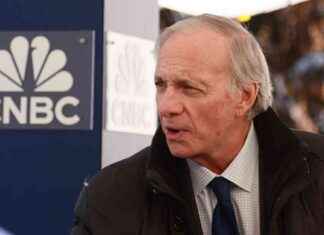China’s Monetary Policy Framework Reforms: What You Need to Know
The Governor of the People’s Bank of China, Pan Gongsheng, recently gave a speech at the Lujiazui Forum where he discussed China’s monetary policy framework. He mentioned that some central banks use the short-term operational rate as the main policy rate and suggested that other interest rates may play a lesser role in the future.
In the coming weeks, the People’s Bank of China (PBOC) made announcements indicating a shift in the monetary policy framework. This includes extending open market operations to after-market hours and borrowing government securities from primary dealers.
Understanding China’s key benchmark rates and policy tools can be challenging. Here is a snapshot of some of the main policy rates and tools:
1. Loan prime rate (LPR): This rate is considered the main rate to monitor, as it influences a significant amount of lending activity in China.
2. Medium-term lending facility (MLF): Currently the main policy rate, set monthly by the PBOC for banks to borrow money.
3. Reverse repo rate: The short-term policy rate for the PBOC, influencing short-term liquidity for banks.
4. Interest rate corridor: Represents the upper and lower bounds for market interest rates in China.
5. Standing loan facility (SLF): Provides short-term loans to commercial banks.
6. Interest rate on excess reserves: The rate banks receive for depositing excess reserves at the central bank.
Governor Pan’s comments suggest a shift towards targeting short-term interest rates, with the 7-day reverse repo rate potentially becoming the main policy rate. This change aims to improve policy transmission and allow the PBOC to influence actual market interest rates more effectively.
The PBOC also plans to enhance the transmission mechanism from short-term to long-term interest rates. By adding government bond trading to its policy toolkit, the central bank can influence longer-term yields as well.
While these reforms may lead to more active open market operations and a reduction in short-term rate volatility, the overall impact on the market is expected to be limited. The PBOC’s ultimate goal remains to maintain currency stability and promote economic growth.
As these changes are implemented gradually and transparently, disruptions to markets are unlikely. The reforms aim to improve the market-based system for interest rate regulation and enhance monetary policy transmission in China.
In conclusion, China’s monetary policy framework reforms are designed to modernize the policy toolkit and enhance the effectiveness of monetary policy in the country. By targeting short-term interest rates and improving policy transmission mechanisms, the PBOC aims to ensure a stable and conducive economic environment for growth.








